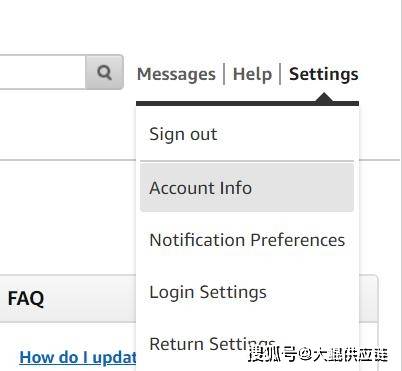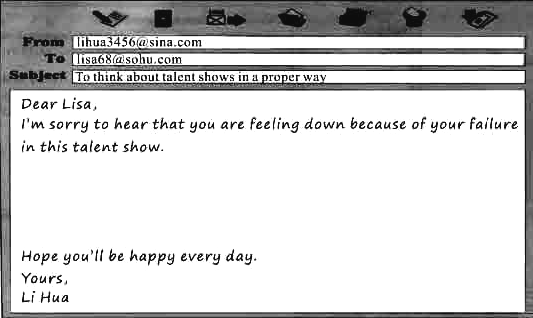Va Loan Points: A Comprehensive Guide to Understanding and Leveraging Them
Guide or Summary:What are VA Loan Points?Why Pay Points?How Many Points Should You Pay?Calculating the ROI on PointsConsidering Alternative CostsWhen it com……
Guide or Summary:
- What are VA Loan Points?
- Why Pay Points?
- How Many Points Should You Pay?
- Calculating the ROI on Points
- Considering Alternative Costs
When it comes to securing a mortgage, the term "points" is often a source of confusion for many potential homebuyers. Particularly in the realm of Veteran Affairs (VA) loans, understanding the concept of points is crucial to making informed decisions. This guide aims to demystify VA loan points, highlighting their significance and how to effectively leverage them in the mortgage process.
What are VA Loan Points?
VA loan points, also known as discount points, are fees that can be paid upfront to reduce the interest rate on a VA loan. Each point represents 1% of the loan amount. For instance, if you're borrowing $200,000 and pay one point, you're essentially paying $2,000 upfront to lower your interest rate.
Why Pay Points?
The primary reason to pay points on a VA loan is to reduce the interest rate, which directly impacts the monthly mortgage payment and the overall cost of the loan over its term. Lower interest rates mean lower monthly payments and a reduced amount of interest paid over the life of the loan, leading to significant savings.

How Many Points Should You Pay?
The decision to pay points depends on individual financial circumstances and goals. Generally, the more points you pay, the lower your interest rate will be, and the lower your monthly payments will be. However, this also means a higher upfront cost. It's essential to weigh the immediate savings against the long-term financial benefits to determine the optimal number of points to pay.
Calculating the ROI on Points
To determine the return on investment (ROI) of paying points, consider the following formula:
\[ \text{Savings} = \text{Loan Amount} \times \text{Interest Rate Reduction} \times \text{Loan Term} \]
Here, the interest rate reduction is the difference between the original interest rate and the rate after paying points. The loan term is the duration over which the loan is repaid, typically 30 years for a VA loan.

For example, if you're borrowing $200,000 at an original interest rate of 4.5%, and you pay one point to reduce the rate to 4%, the savings over the life of the loan would be:
\[ \text{Savings} = 200,000 \times 0.25\% \times 30 = $22,500 \]
This calculation shows that paying one point can result in significant savings over the life of the loan.
Considering Alternative Costs
While points offer immediate savings, they also require an upfront cash outlay. It's important to consider other financial obligations and potential costs when deciding whether to pay points. For instance, if you're in the process of saving for a down payment or dealing with other expenses, paying points might not be feasible.

In conclusion, understanding and leveraging VA loan points is a strategic approach to securing a mortgage that aligns with your financial goals. By paying points, you can reduce your interest rate, lower your monthly payments, and achieve long-term savings. However, it's crucial to carefully evaluate your financial situation and calculate the ROI to make an informed decision. With this comprehensive guide, you're now equipped to navigate the world of VA loan points with confidence.